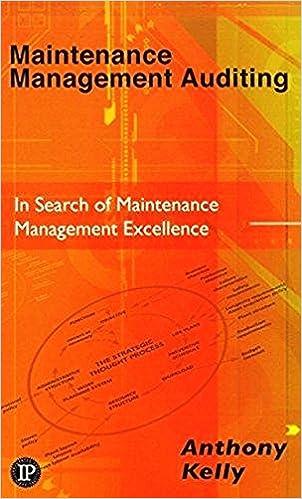
P12-6A
Landover uses a 12% cutoff rate when analyzing capital expenditure proposals using net present value. Required a. What are the annual net cash flows (net inflows) from this project? b. Compute the cash payback period. c. Compute the average rate of return. d. Compute the net present value and indicate whether it is positive or negative. e. Assume that Landover decides to use a 10% cutoff rate when using net present value analysis. Compute the net present value using a 10% cutoff rate and indicate whether it is positive or negative. Weighted Average Cost of Capital and Net Present Value Analysis Tate Company is considering a proposal to acquired new equipment for its manufacture division. The equipment will cost 5192,000. be useful for four years, and have a $12,000 salvage value. Tate expects annual savings in cash operating expenses (before taxes) of $68,000. For tax purposes, the annual depreciation deduction will be $64,000. $86,000. $28,000, and $14,000. respectively, for the four years (the salvage value is ignored on the tax return). The income tax rate is 40%. Tate establishes a cutoff rate for a net present value analysis at the company's weighted average cost of capital plus 1 percentage point. Tate's capital is provided in the following proportions: deft 60%; common stock. 20%; and retained earnings, 20%. The cost rates for these capital sources are debt, 10%; common stock, 12%; and retained earnings, 13%. Required a. Compute Tate's (I) weighted average cost of capital and (2) cutoff rate. b. Using Tate's cutoff rate, compute the net present value of this capital expenditure proposal. Under net present value analysis, should Tate accept the proposal? (Round amounts to the net present value analysis, should Tate accept the proposal? After-Tax Cash Flows Below is a list of aspects of various capital expenditure proposals that the capital budgeting team of Modem Systems. Inc.. has incorporated into its net present value during the past year. Unless otherwise noted, the items listed are unrelated to each other. All assume a 30% income tax rate and a 10% minimum desired rate of return. Pre-tax savings of $5,000 in cash expenses will occur in each of the next three years. A machine is purchased now for $82,000. Special tools costing $45,000 will be depreciated $9,000. $ 18.000. and $ 18,000. Special tools costing $45,000 will be depreciated $9,000, $18,000 and $18,000, respectively on the tax return over a three - year life. A patent purchased for $330,000 will be amortized on a straight-line basis over 15 years on the return. No salvage value is expected. Pre-tax savings of $5, 500 in cash expenses will occur in the first, fourth, and seventh year from now. The special tools described in aspect 3 will be sold after three years for $10,000 cash. A truck with a tax book value of $7, 200 after two years will be sold at that time for $4, 600
 P12-6A
P12-6A 





